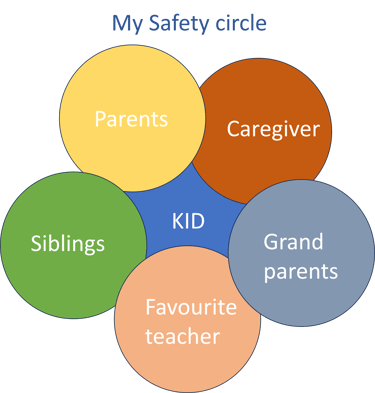Admissions open for YEAR 2026-27
Protecting Our Little Ones: Teaching Body Safety to Preschoolers and Kindergarteners
Empower your preschooler or kindergartener with essential body safety knowledge. This comprehensive guide offers young parents practical strategies to teach children about personal boundaries, consent, and recognizing inappropriate behavior. Through age-appropriate conversations and recommended reading, you'll foster open communication and help your child develop a healthy understanding of their body.
PARENT RESOURCESBODY SAFETY AND AWARENESS
Little Florets' Montessori
4/18/20255 min read
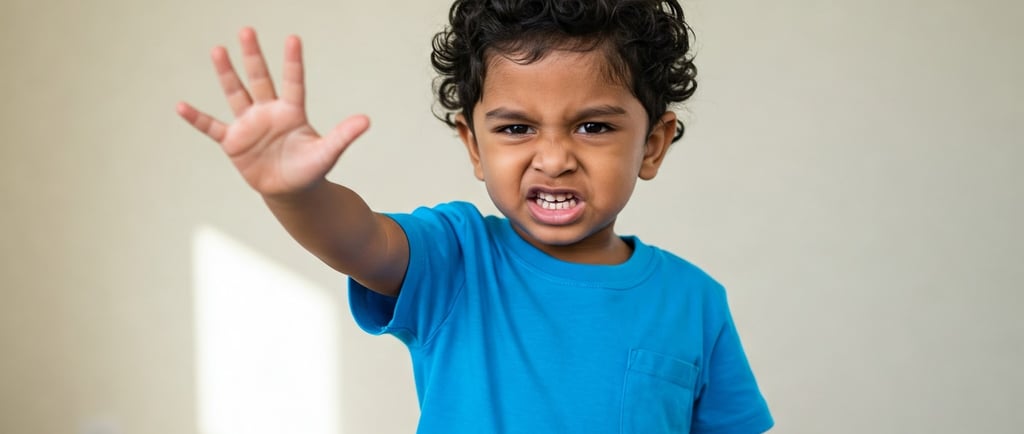

As parents, we want to protect our children from every possible harm. It’s one of the deepest instincts we have. While we childproof our homes, buckle seat belts, and choose the healthiest foods, there's one more way we can care for our children’s safety that often gets overlooked — teaching body safety.
Talking to young children about their bodies and personal boundaries can feel awkward or even a little scary at first. But it doesn’t have to be. These conversations can be gentle, respectful, and even empowering. In fact, the earlier we begin — in small, age-appropriate ways — the better prepared our children will be to speak up, stay safe, and develop healthy attitudes about their bodies.
At Little Florets Montessori, we believe that nurturing a child’s sense of bodily autonomy and self-awareness is a vital part of early education. We work hand-in-hand with parents to ensure every child feels respected, heard, and safe — inside and out.
Here’s a guide to help you start these conversations at home.
🌼 Why Teach Body Safety Early?
Preschoolers and kindergarteners are curious, trusting, and still learning about how the world works. They are also learning how to interact with others and how to understand their own feelings. Teaching body safety at this stage is not about introducing fear — it’s about building trust, confidence, and clear communication.
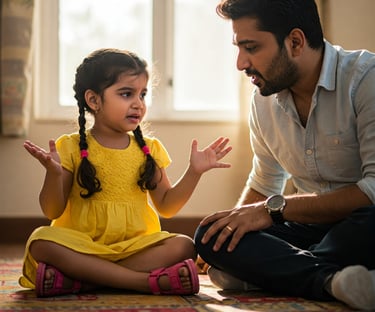

When children are given the right tools, they are:
Less vulnerable to abuse
More likely to speak up when something feels wrong
Better equipped to understand their boundaries and respect others'
Able to develop a healthy, shame-free understanding of their bodies
It’s one of the most powerful ways we can protect and empower our little ones.
🌱 The Basics of Body Safety Every Child Should Know
Here are the core messages we recommend gently introducing to your preschool or kindergarten-age child. These don’t need to be delivered all at once. You can introduce them through stories, everyday interactions, and loving conversations over time.
1. "My body belongs to me."
This is the foundation of body safety. Children should understand that they are the boss of their own body. They can say yes or no to hugs, tickles, or kisses — even with family members.
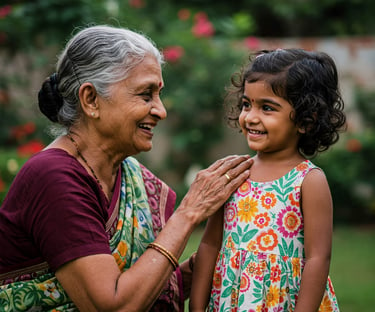

Let your child practice making choices about their body:
“Would you like a hug or a high-five?”
“Is it okay if I help you with your shirt?”
“You said no, and that’s okay — thank you for telling me.”
When children learn that their “no” is respected, they’re more likely to respect others’ boundaries too.
2. Using the correct names for private parts
Many adults were raised in households where private parts were referred to with nicknames or not mentioned at all. But using correct anatomical names — like penis, vulva, buttocks, chest — helps normalize those body parts and gives children the language to talk about their bodies clearly and confidently.
This is not about being clinical or adult-like. It’s about giving children accurate information, just as we teach them to say eyes or ears.
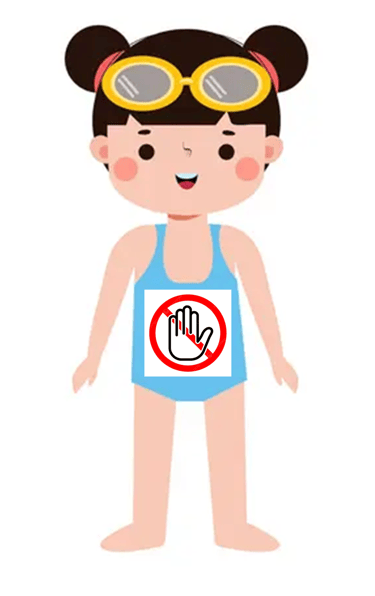

Children who know the proper names:
Are more likely to report abuse accurately if it happens
Feel less shame or confusion about their bodies
Understand that their whole body deserves care and respect
3. Understanding private parts and personal space
Children should know which parts of their body are private — usually described as the parts covered by a swimsuit — and that no one should touch or look at those parts except to help them stay healthy and clean (like a parent helping with a bath or a doctor during a check-up, with a trusted adult present).


You can say:
“No one is allowed to touch your private parts, except to help you stay healthy — and only if you say it’s okay.”
“If anyone ever tries to touch you in a way that feels wrong or tells you to keep it a secret, you should tell me right away.”
Keep the tone calm, loving, and simple. These are not “scary talks” — they’re trust-building talks.
4. Good touch, bad touch, and confusing touch
Instead of focusing only on “bad touch,” you might say:
“Some touches feel nice, like a hug from Grandma or a pat on the back. Some touches might hurt or feel confusing. If someone touches you and you feel scared, sad, or weird, it’s always okay to tell me.”


The word “confusing” is especially helpful at this age, because children may not always be able to label a touch as “bad,” especially if it comes from someone they know or like. Emphasize that their feelings matter — and if something feels wrong, they should talk to you.
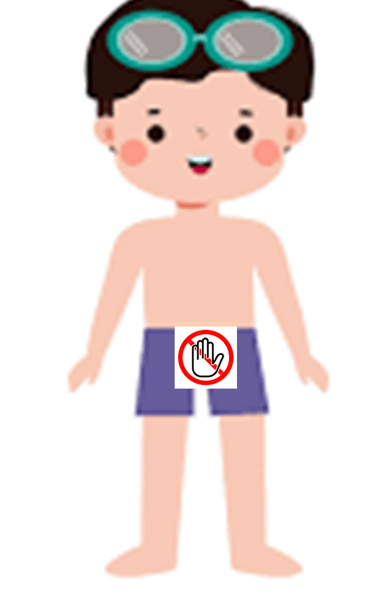

5. Secrets vs. surprises
Teaching children the difference between secrets and surprises is vital for their safety. While surprises are temporary and meant to bring joy—like planning a birthday party or giving a special gift—secrets are often intended to be kept indefinitely and can cause feelings of fear, confusion, or sadness. Abusers may exploit the concept of secrecy to manipulate and silence children, making it imperative for children to understand that they should never keep secrets that make them feel uncomfortable or unsafe.


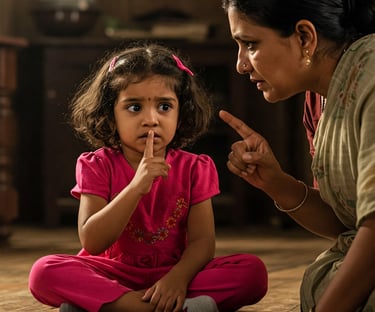

To reinforce this understanding, parents can establish clear family rules, such as:
"We don't keep secrets in our family; we share surprises."
"If someone asks you to keep a secret that makes you feel uncomfortable, always tell a trusted adult."
By creating an environment of open communication and trust, children are more likely to feel safe discussing their experiences and concerns. This proactive approach empowers children to recognize inappropriate behavior and seek help when needed, ultimately contributing to their overall safety and well-being.
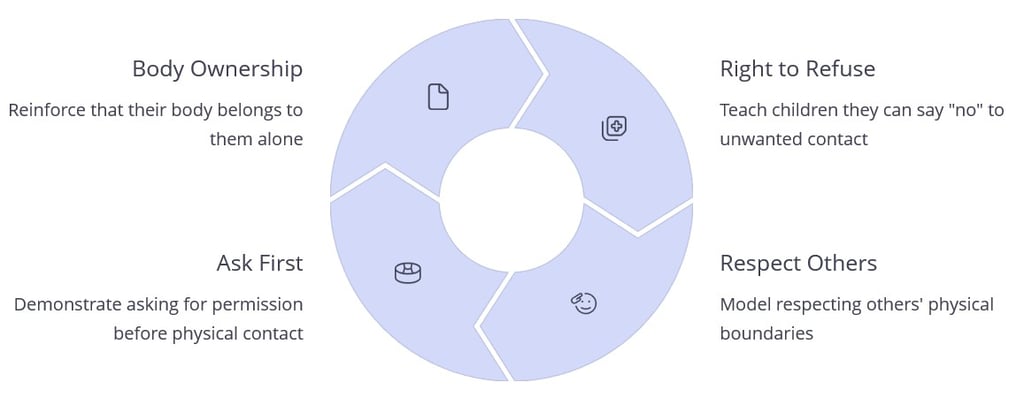

6. Identify safe adults
Help your child identify a circle of trusted adults — people they can talk to if they’re ever confused, scared, or unsure. This might include:
Parents or guardians
A favorite teacher
A grandparent
A caregiver
To make this concept more engaging, you can create a "safe circle" together. Draw circles and have your child place pictures or names of these trusted adults inside it. This visual aid reinforces the idea that they have a support system they can turn to when needed.
